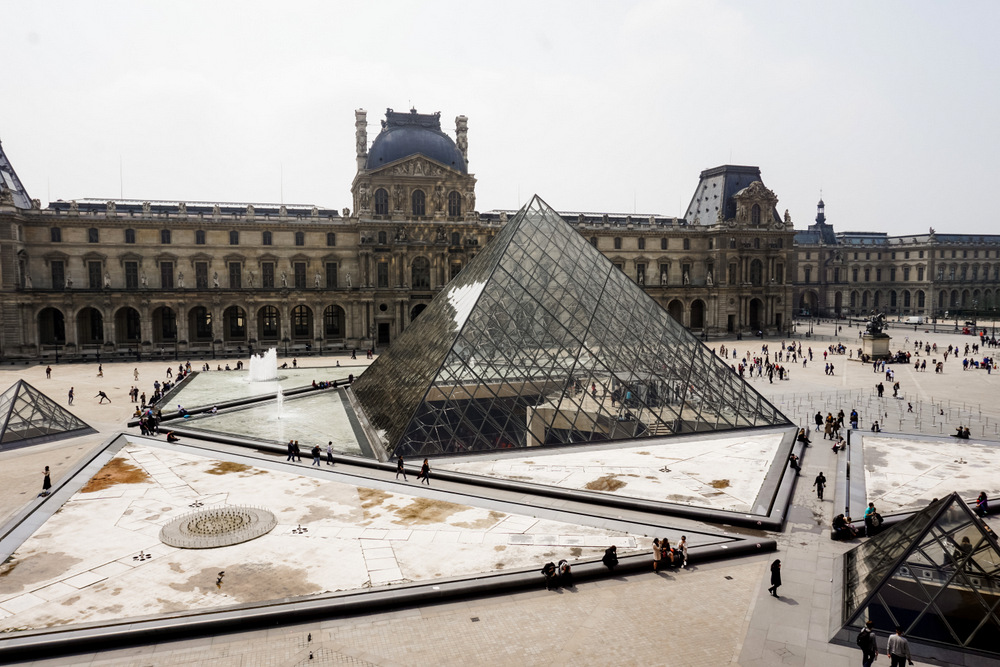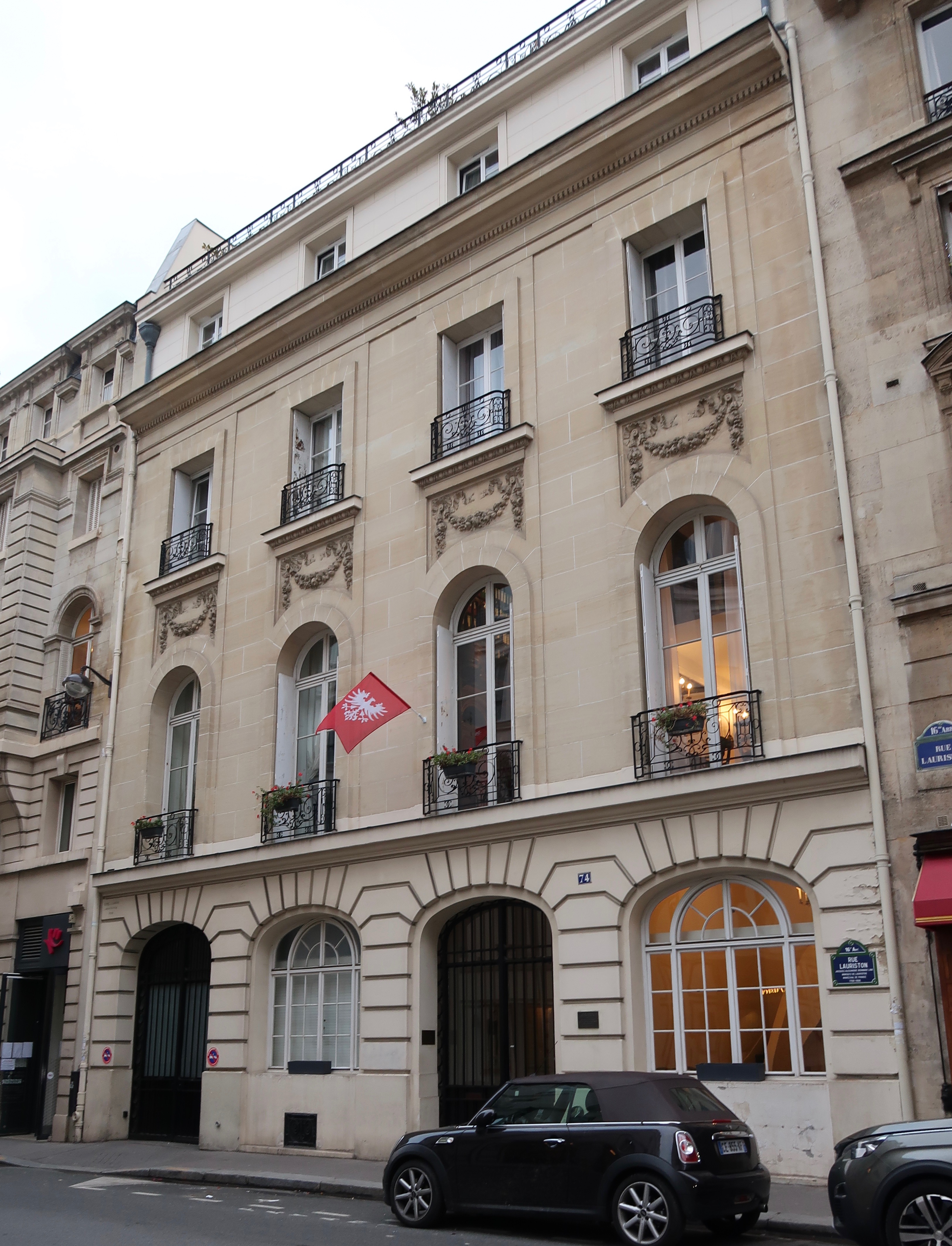
Paris is the capital city of France. It is located in the north-bending arc of the river Seine and includes two islands, the Île Saint-Louis and the larger Île de la Cité, which form the oldest part of the city. French is the official language. The river's mouth on the English Channel (La Manche) is about 233 mi (375 km) downstream from the city. The city is spread widely on both banks of the river. Paris is the centre and seat of government of the region. One of the most beautiful cities in the world. Home to historical monuments such as Notre Dame, the Eiffel Tower, Bastille, Louvre, and many more. It has a population of more than 2.5 million people, and the city is divided into 20 "arrondissements" (districts) which are numbered 1 to 20. Since the 17th century, Paris has been one of the world's major centres of finance, diplomacy, commerce, fashion, gastronomy, science, and arts. France is one of the oldest nations on Earth and the most ethnically diverse country in Europe. The history of Paris dates back to approximately 259 BC, with the Parisii, a Celtic tribe settled on the banks of the Seine. In 52 BC, the fishermen village was conquered by the Romans, founding a Gallo-Roman town called Lutetia. The city changed its name to Paris during the fourth century. Nowadays it is one of the most important and influential cities in the world. In terms of tourism, Paris is the second visited city in Europe after London and known as the “City of Light” or the “City of love”.
Polish Academy of Sciences - Scientific Center in Paris

Polish Academy of Sciences is located in Paris, France. In 1893, the collection of the Polish Library in Paris, the largest collection of Polish materials amassed by the Great Emigration, was transferred to the ownership of the Academy, and a branch was founded in Paris. It was the first and only self-directed polish academy outside of Poland. The main idea was to keep one of the most beautiful works of Emigration, associated with the memory of polish sciences. The Center was made to promote Polish science by organizing conferences, symposia, seminars, lectures, meetings, exhibitions, and scientific events in general. It also helps with cooperation between Poland and France.
The Polish Academy of Sciences is a Polish state-sponsored institution of higher learning, headquartered in Warsaw, that was established by the merger of earlier science societies, including the Polish Academy of Learning, with its seat in Kraków, and the Warsaw Society of Friends of Learning. The Polish Academy of Sciences functions as a learned society acting through an elected assembly of leading scholars and research institutions. The Academy has also, operating through its committees, become a major scientific advisory body. Another aspect of the Academy is its coordination and overseeing of numerous (several dozen) research institutes. PAN institutes employ over 2,000 people and are funded by about a third of the Polish government's budget for science.